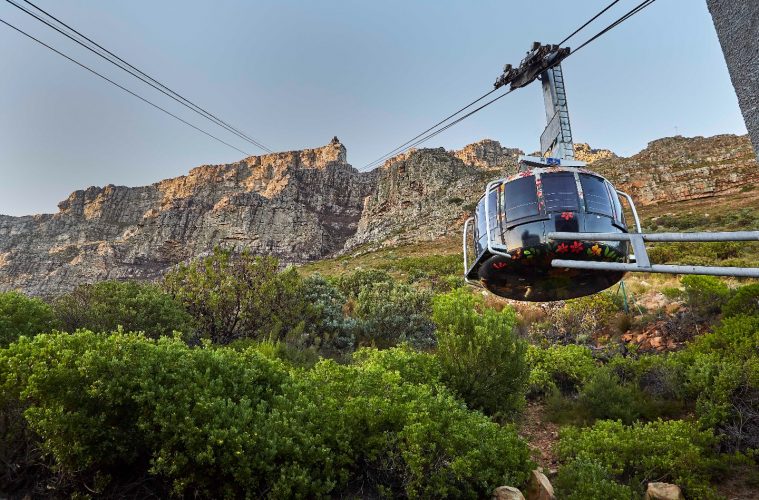Table Mountain is one of the most iconic landmarks in both Cape Town and South Africa, as well as one of the most photographed. The beloved cableway has undoubtedly contributed to this. With a history dating back nearly 100 years, this journey to the top has brought serious smiles to locals and tourists alike over the years.
Did you know that since Table Mountain Aerial Cableway’s official opening on 4 October 1929, the cableway has undergone three major upgrades?
Let’s take a trip down memory lane, shall we?
The evolution of Table Mountain Arial Cableway in pictures:
1929:
The Cableway has been completely accident-free since its opening on 4 October 1929.
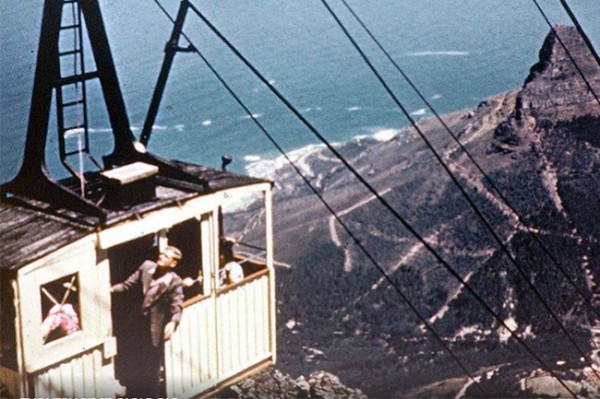
1958:
The 1958 cable car had a capacity of 23 passengers, with one attendant operating the car. Fully loaded, it weighed approximately three tons. The newly upgraded cableway had an auxiliary, diesel-powered engine in the Upper Cable Station, designed to take over in the event of a power failure.
These cable cars took eight minutes to travel from the lower station to the top station. The cable cars remained in operation until 1974, carried two million people, and retired with an accident-free safety record.
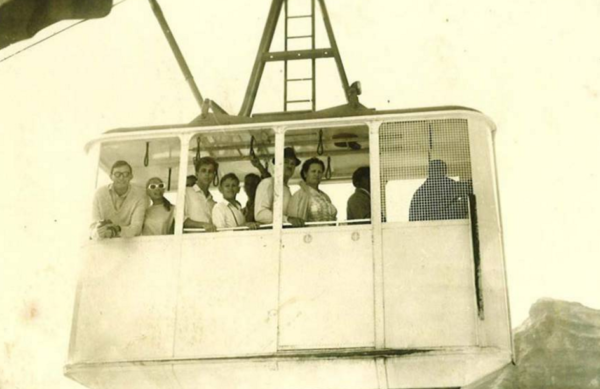
ALSO READ:
1974:
The second cableway upgrade saw the introduction of lighter cable cars, each capable of carrying 28 passengers.
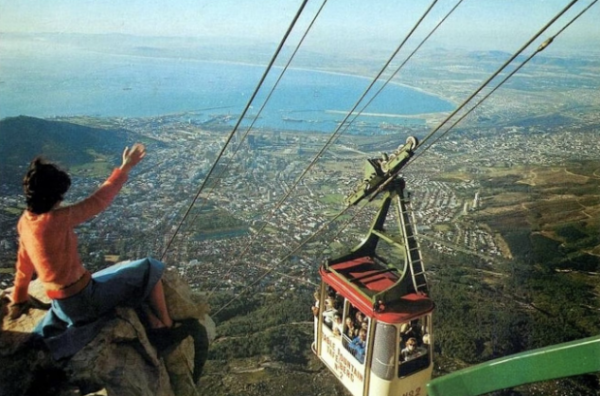
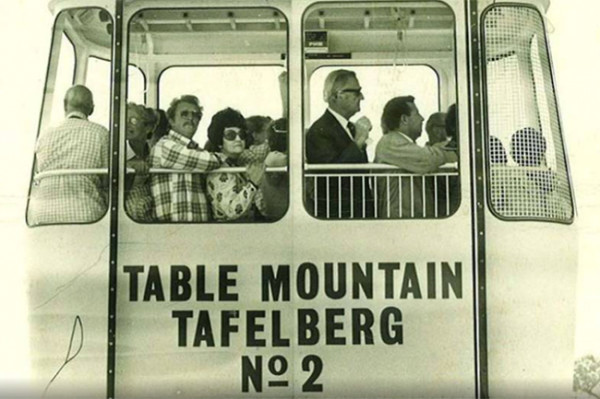
1997:
Unlike their predecessors, the new cable cars had revolving floors that allowed the passengers to have a 360-degree view of the city and mountain as they glided up and down, carrying 65 people.
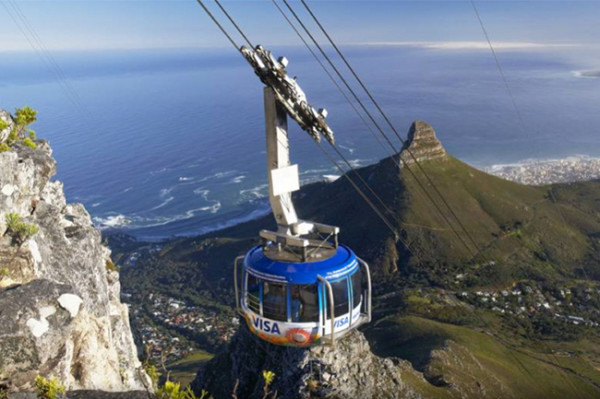
Today:
Nowadays, cable car trips are between 10 and 15 minutes apart, and move at a gentle speed that takes around five minutes to reach the mountain’s top. Weather permitting, of course.
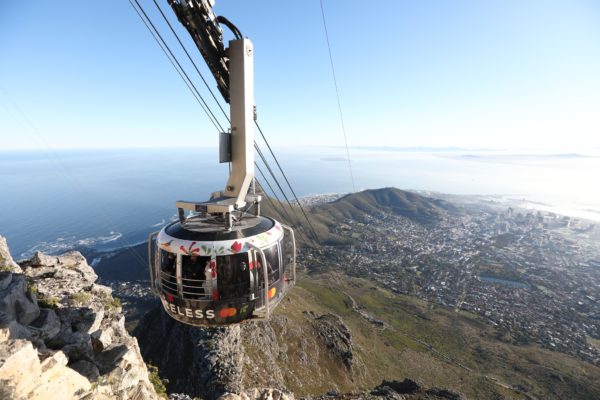
Picture: Table Mountain Aerial Cableway / Facebook
ALSO SEE:
Feature image: Table Mountain Aerial Cableway / Facebook
Originally published in Cape{town} ETC.

